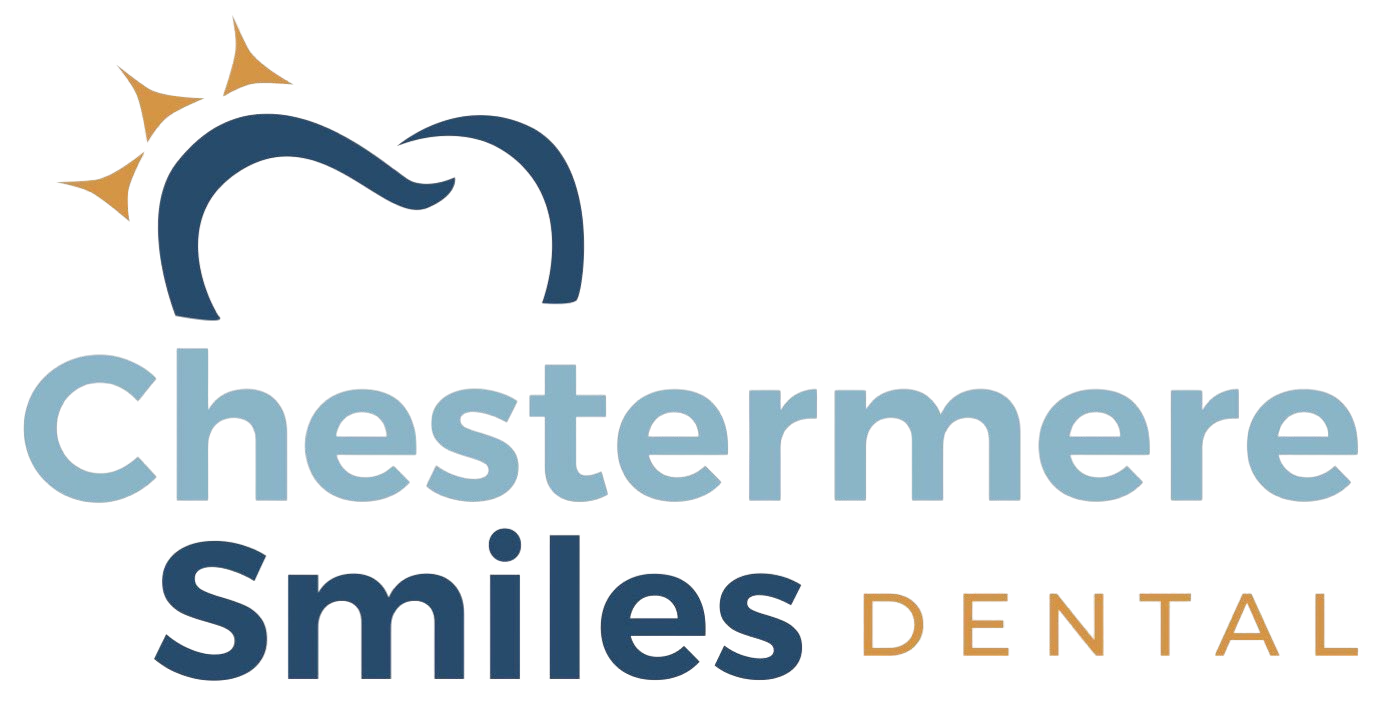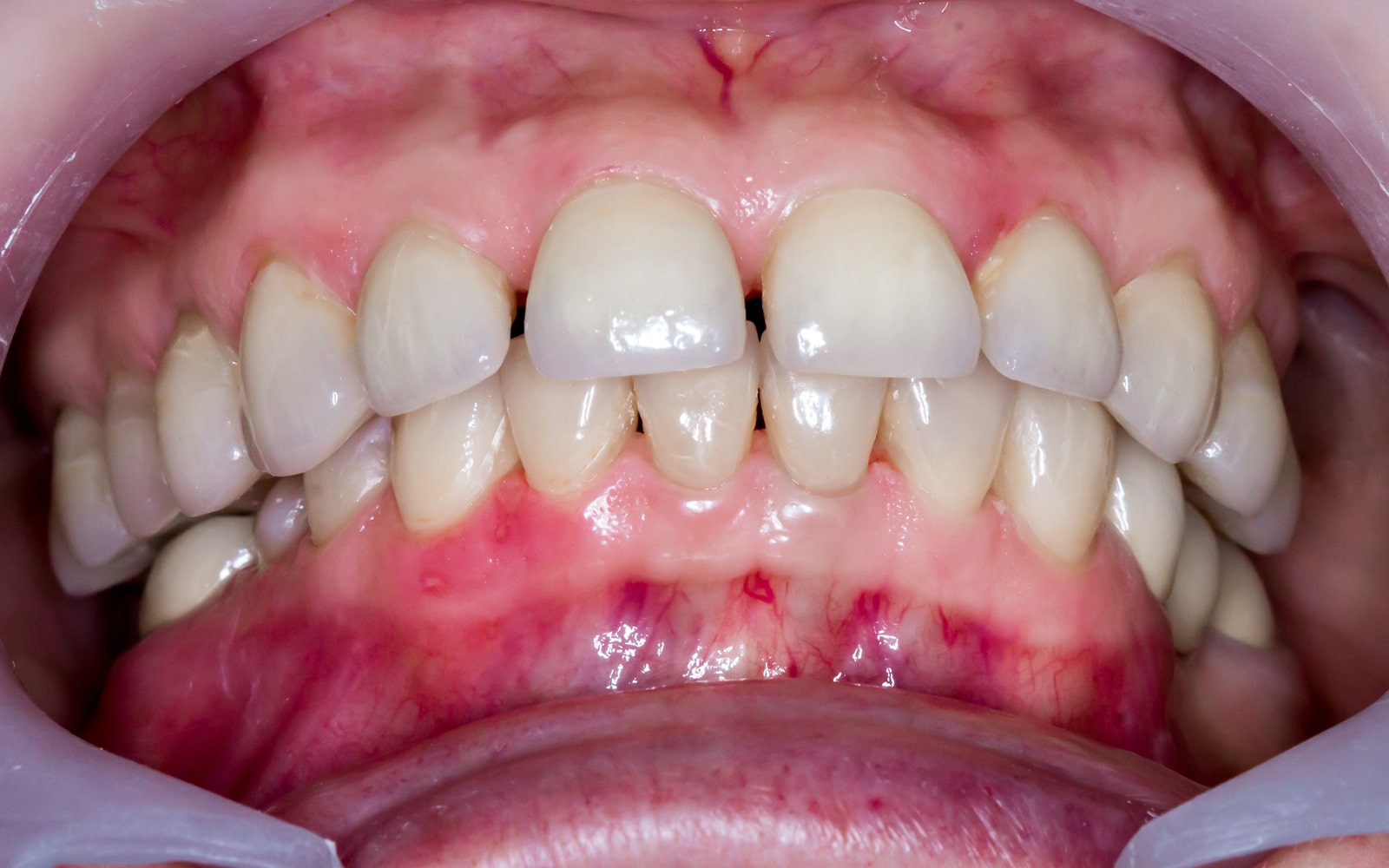Minimally invasive dentistry, sometimes called micro dentistry, is a dental procedure that is growing in popularity. This approach aims to preserve more of the natural dental tissue while providing effective restoration. Prior to the implementation of this form of treatment, it was often necessary to remove significant amounts of healthy tissue to do a restoration. Studies have shown that the best results are gained by preserving healthy dental tissue. Microdentistry makes it possible to achieve this goal while still repairing existing damage.
Microdentistry and Minimally Invasive Restoration
Microdentistry does more than focus on limiting healthy tissue removal. It aims to prevent further decay through remineralization and effective restoration. When being seen for this type of care your oral health will be assessed for decay and disease. You will receive advice on how to limit the advance of decay, which may include dietary changes. It’s likely you will be advised to add mouthwash to your daily care routine, as well as flossing. The next focus will be on repairing what damage has already occurred. Some procedures that may be suggested are:
- Remineralization – When tooth decay starts, it begins with a loss of minerals in the enamel. This weakens the enamel, making it more susceptible to erosion. Remineralization helps prevent decay by restoring the strength of the enamel.
- Dental Sealants – These thin plastic coatings help provide a layer of protection against plaque, acid, bacteria, and decay. They help seal the grooves against invasive decay, providing a sturdy barrier. Any tooth can benefit from decay.
- Onlays/Inlays – These restorations are essentially fillings that do not require the creation of a full crown. Crowns generally require the removal of the majority of the remaining healthy tooth. Onlays and inlays can be set into the tooth with only a minimum of material needing to be removed.
- Bite Splints – This minimally invasive treatment helps address bruxism, or teeth grinding. It often occurs as the result of stress and happens while the patient is sleeping. Grinding can cause significant wear and tear, speeding decay, and the development of cavities. Worn at night a bite splint can protect you from this damage.
These are just some of the ways that your dentist may use minimally invasive dentistry to preserve your oral health. Every year new techniques get developed that focus on preserving healthy dental tissue. Among these treatments is pulp revitalization. This procedure aims to restore living pulp inside your tooth in lieu of a root canal. This will allow your teeth to remain healthier longer, supported by living tissue.
Consult Your Dentist About Minimally Invasive Treatments
Want to know more about how minimally invasive dentistry can help you with your oral health concerns? Reach out to your dental practitioner for advice. They’ll be able to inform you of the microdental procedures that are available at their facility. They’ll also let you know what options are appropriate for your oral health concerns. With minimally invasive dentistry your smile will stay beautiful longer than ever! Don’t wait to get started!


